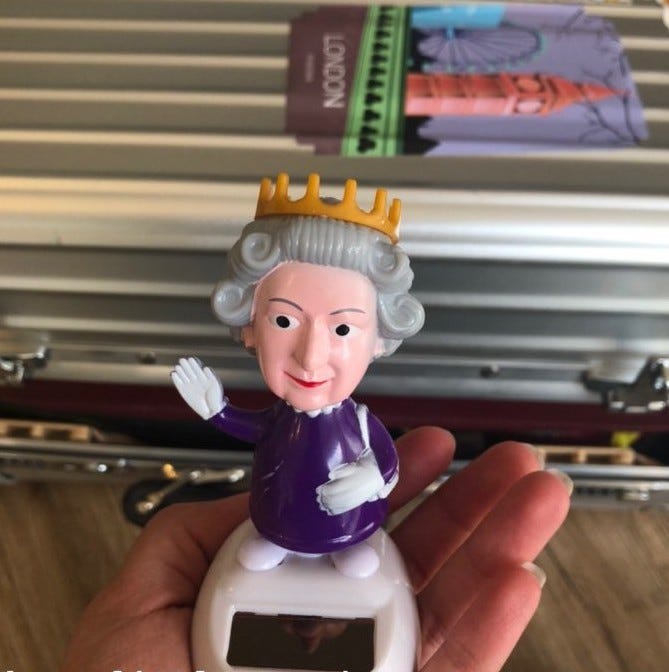London, U.K.
Classic Elegance and Modern Energy
Keping the British Royalty alive in buildings, merchandise, tourism
Tower of London, Buckingham Palace, Kensington Palace, Westminster Abbey, and St. James's Palace are all places where you can witness powerful symbols of the British Monarchy. I would also mention The British Museum, though it is more “global” than strictly British (yes, you know)
Alongside these historic landmarks, the tangible power and influence of the royal institution are visible in the many merchandise stores selling Queen bobbleheads, royal family-themed chocolates, and similar souvenirs. The spectacle of the Changing of the Guard draws huge crowds daily?
According to ChatGPT estimates, tourism linked to the royal family generates between £500 million and £2 billion annually. Some journalism (read The Economist) compares this revenue to the costs of maintaining the institution and finds a positive balance, suggesting a strong economic argument for the monarchy’s continued role. This economic impact may partly explain why the monarchy remains “needed,” alongside its other functions: shaping a national identity, supporting the UK’s parliamentary system with a non-elected head of state, and serving as a cultural and entertainment institution—highlighted by the endless tabloid coverage of royal family members.
In essence, the British Monarchy offers something for everyone, whether it is history, politics, economics, or just pure entertainment
Houses of London, Soho, Home. Some of the earliest private clubs in London evolved from aristocratic gentlemen’s clubs, which were traditionally male-only and catered to specific affiliations—military, literature, politics, and the arts. However, in the 1990s, the concept of private clubs underwent a transformation from cigar smoke-filled rooms to creative, vibrant social hubs, largely popularized by Soho House
Unlike the old clubs adorned with portraits of dukes, these new private clubs focus on contemporary art, expertly crafted cocktails, and carefully curated vibes. When I walked into Home House in Marylebone, I realized the experience was multi-dimensional — from admiring the old wooden paneled walls and oil portraits, sipping cocktails under ornate chandeliers, hosting meetings in lavish drawing rooms, to partying late into the night in lounges hidden behind velvet curtains
The simple joy of walking in for a cocktail or meal without worrying about reservation availability and enjoying a consistent, welcoming atmosphere was valuable in itself
But was it worth the potentially hefty annual membership fee? Maybe. Beyond socializing, many of these private clubs offer additional amenities like inclusive BnBs, spas, gyms, and classes, providing a holistic lifestyle experience. If you’re curious about modern private clubs, I would definitely recommend giving one a try.
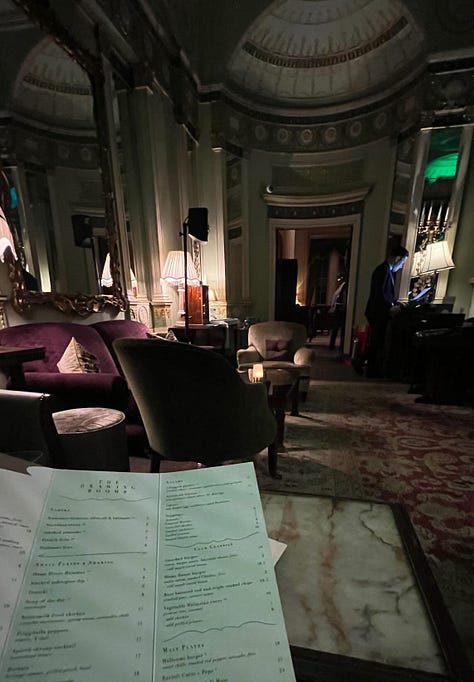


Urban stroll on South Bank, Tower Bridge. Perhaps one of London’s most iconic urban strolls—where history, art, architecture, and skyline drama come alive in a single sweep along the River Thames—is the South Bank Tower Bridge walk.
South Bank was originally a warehouse district restored after World War II, and you can still find reminders of its history in war memorial plaques and poppy mosaics along the route. The art scene here is vibrant, with highlights including the Tate Modern—don’t miss the stunning view from the rooftop café—and the Shakespeare’s Globe Theatre
The dramatic architecture and skyline are dominated by landmarks such as The Shard and the Tower of London. Just a stone’s throw away lies the bustling Borough Market, famous for its fresh produce and unique treats like “drunkard cheese” — Prosecco-infused wine — among many other delicacies
Nearby, you’ll also find the perfectly situated Third Space, a premium sports club where you can attend yoga or Peloton classes, swim, work out, and unwind with steam and sauna facilities to start or end your day. For me, South Bank offers the full package, making it my top choice for a stay in London
"I'm just a girl, standing in front of a boy, asking him to love her”. If you recognize this line, you can probably visualize the iconic exchange between Hugh Grant and Julia Roberts in the movie Notting Hill. This dreamy, whimsical neighborhood features tree-lined hills, cobbled streets, and charming lampposts—just like in the film
Walking its picturesque streets is a visual delight, and discovering the famous Portobello Road Market—offering vintage clothes, antiques, fresh produce, and vibrant street food stalls—made me happily spend several hours exploring the area. Notting Hill also hosts the famous Notting Hill Carnival, a lively two-day festival celebrating Caribbean culture. While I haven’t experienced it myself, friends living in London rave about it as a must-see event
Winning Hugsy at Winter wonderland. Every year, from November to January, a spectacular holiday extravaganza lights up the city. This dazzling celebration of all things Christmas features a massive ice skating rink, a circus, funfair rides, and a festive Christmas market filled with twinkling lights, delicious treats, handmade gifts, and multiple gaming kiosks
It was here that I met Hugsy—my bedtime penguin, or rather, I won Hugsy. My prize came from participating in one of those addictive ring toss or loop throw games, where you try to land a loop over a stuffed toy
The addiction kicks in when you spot the perfect prize and builds with every near-miss loop throw, compelling you to keep trying until you finally succeed. Despite knowing how the game is designed, it’s very easy to fall prey to the excitement, as I did. I probably spent several tens of euros chasing Hugsy, who could have been bought for much less in a store, but the thrill of winning it is
I’m not sure if I’m warning you or encouraging you to dive in and enjoy the fun — maybe it’s one of those experiences you just have to decide on when you’re there.


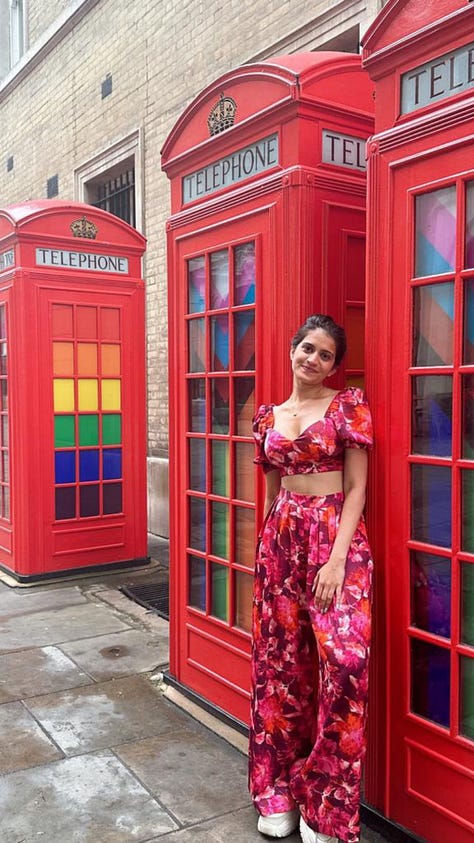
British Timeless classics. There are three boutique British-made products I absolutely swear by: Naked Wolfe sneakers, Penhaligon’s perfumes, and Cambridge Satchel Company briefcases.
The Naked Wolfe sneakers, with their signature 4-inch platform, offer the perfect balance of aesthetics and utility. Whether or not you’re into the bold look is up to you, but I can vouch for their practicality after wearing them on two treks—one in the Himalayas, India and another through Rwanda’s Volcanoes National Park. These sneakers were my reliable, comfortable companions throughout.
When it comes to fragrance, Penhaligon’s never disappoints. Scents like ‘Empress’ and ‘Halfeti’ have a unique allure, and I’ve lost count of how many times people have stopped me in elevators or stores, asking what perfume I’m wearing.
My Cambridge Satchel Company briefcase, which I bought back in 2019, has been my daily go-to ever since. It’s not just functional—it’s a beautiful piece of craftsmanship that has truly stood the test of time. Of course, there’s also Burberry, another iconic British brand you’re probably already familiar with.
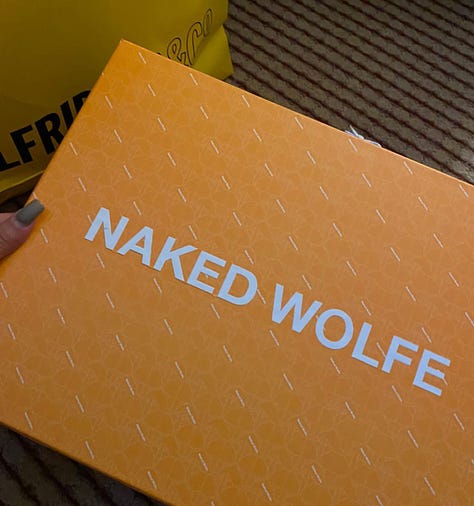
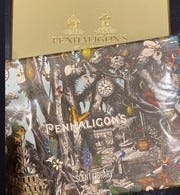

Covent Garden and Godiva strawberries. Covent Garden is a true sensory experience: the irresistible aroma of Godiva chocolate-coated strawberries filling the air, violinists playing enchanting melodies under the colonnades, and the joyful sounds of people laughing as they gather around street performers in the square
What I remember most fondly—and quite literally stickiest—is visiting the Godiva Chocolatier shop, where fresh strawberries are hand-dipped in smooth Belgian chocolate, creating a delicious treat
$30 daytime tickets to Licester theatre.
As a student in London on a budget, I couldn’t afford the usual £200+ tickets to see popular shows like The Lion King, Les Misérables, Wicked, Hamilton, or The Phantom of the Opera (highly recommend!). That’s when I discovered the concept of day-time tickets—a limited number of discounted tickets (usually £30-40) released daily by theatres on a first-come, first-served basis, but only available in person at the Leicester Square ticket window.
One Christmas Eve, my friend and I woke up at 4 AM in Oxford, took a rickety bus to London, and arrived at Leicester Square by 8 AM—two hours before the ticket window opened. To our surprise, a line of over 15 people was already waiting, despite the chilly, grinding wind of a December morning when most were at home celebrating the holidays
Tragically—and almost comically—the person ahead of us snagged the very last day-time ticket. Just as we were about to leave, dejected, a kind cleaning staff member—also Asian—noticed us and shared a helpful tip: sometimes there are last-minute cancellations, and if we waited until just before the show started, seats could become available at reduced prices. Thanks to that advice, we ended up seeing The Lion King for only £40. I hope this story helps anyone looking to experience London theatre without breaking the bank.
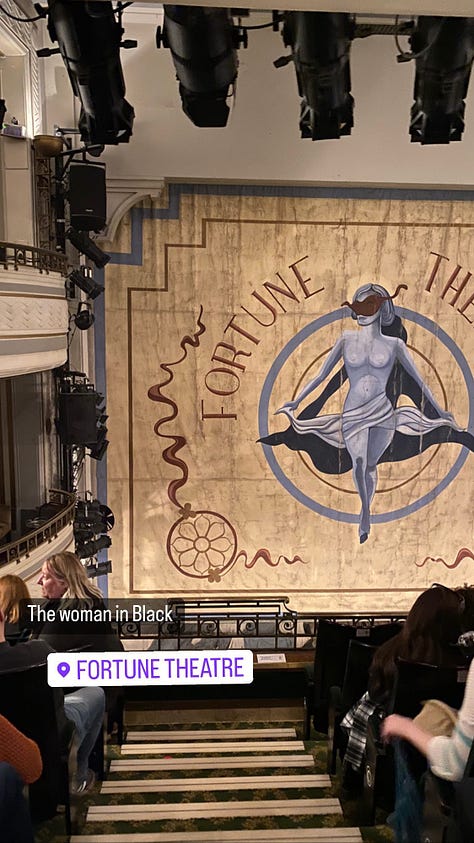
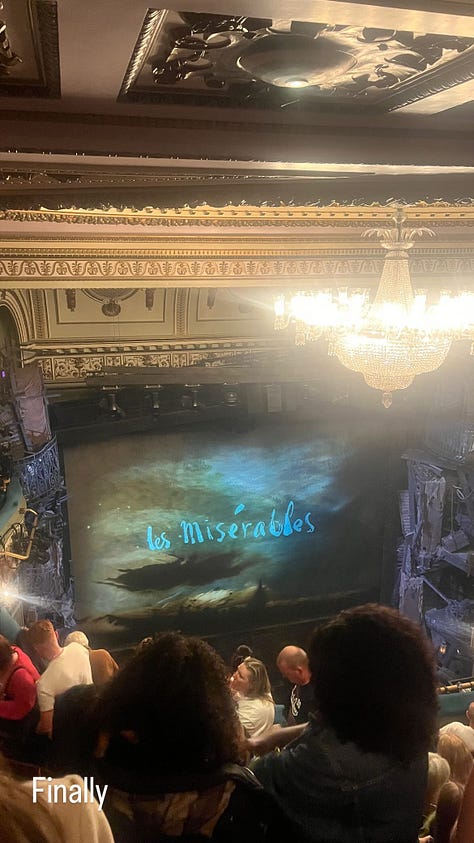
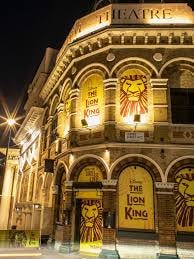
Checking-in at Little Venice. Tucked between Paddington Station and Regent’s Canal lies a hidden canal-side neighborhood right in the heart of London. With tree-lined waterways, colorful narrowboats, and quaint cafes, Little Venice offers a peaceful retreat from the city buzz
Every time I visit London, I stay in Paddington. There’s a Hilton Hotel located right at the station, making it incredibly convenient to step off the train and check in immediately—or arrive via the Heathrow Express and take the elevator directly up to the hotel lobby
Hyde Park. Hyde Park London is a 350-acre park featuring a beautiful serpentine-shaped lake. Whether you’re a jogger, horse rider, sunbather, or street musician—or like me, someone who enjoys spending several hours trying to do all of these—you’ll find plenty to love in this vast green oasis. The park also offers tennis courts and a rowing boathouse
Walking into a wall at Kings Cross Station. One of my early trips to London wouldn’t have been complete without paying homage to my high-school favorite, Harry Potter. So, I made my way to King’s Cross Station, where between platforms 9 and 10 lies the famous Platform 9¾. Here, you’ll find the iconic luggage trolley seemingly “vanishing” into the wall, surrounded by a cheerful queue of fans (fair warning: it’s always a long line!) eager to pose with the trolley, decked out in Hogwarts scarves and caught mid-air for that perfect flying effect
I chose to admire the platform without standing in line and instead headed next door to the Harry Potter Shop, styled like Ollivanders. There, I browsed everything from wands and house robes to chocolate frogs and time-turners. I ended up picking a classic Harry Potter trunk, monogrammed with my initials, which always gets smiles at airports and train stations. For the truly dedicated fans, the Wizarding World of Harry Potter at Warner Bros. Studio, about an hour from London
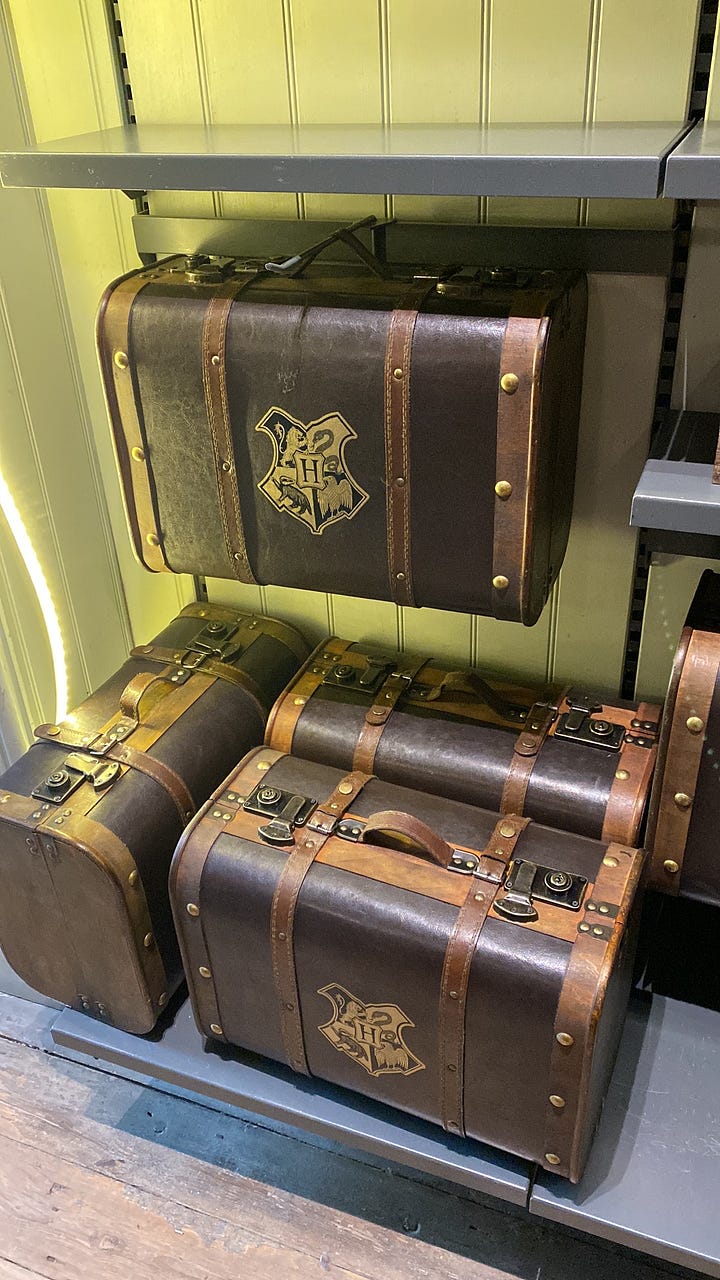
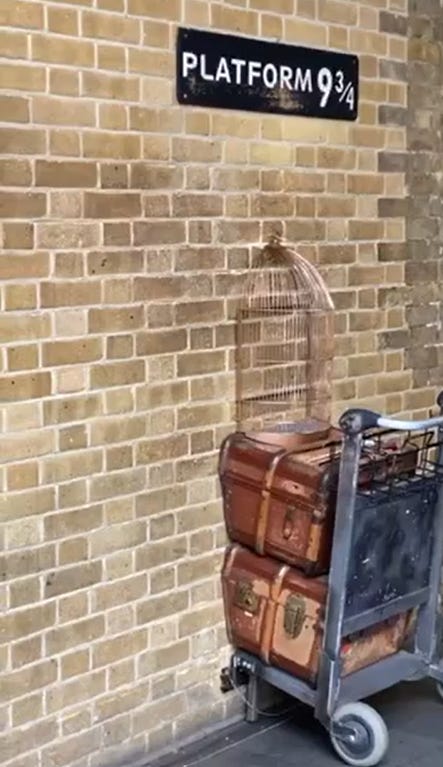
I first spotted London on the Monopoly board, and maybe that was the starting point of my quest to see everything featured on it (I was 10 years old, for context). It was a fun expedition, putting a face, vibe, and feeling behind every name I had seen on the board as I travelled through the city of London
In Zone 1 (central London), Mayfair and Park Lane—the iconic blue properties—spell luxury with high-end shopping and Michelin-starred restaurants
Covent Garden blends culture and commerce with street performers and boutique shops, and it’s home to the famous Indian restaurant Dishoom, which I highly recommend. Chelsea offers elegance and refinement, while Soho pulses with vibrant nightlife. The South Bank is good for nice strolls and spotting landmarks like Tower Bridge and Big Ben in the distance
Zone 2 is more of a transitional zone between central London and the suburbs, including neighborhoods like Camden (home of Amy Winehouse), Notting Hill, Shoreditch, Islington, Hackney, Brixton, and Clapham. These areas feature more parks, green spaces, and a strong sense of community.
The London Tube does a great job connecting the zones and neighborhoods, offering a more affordable and often more pleasant alternative to black cabs (IYKYK). There is also CityMapper, which can guide you with all the waking/metro/car routes around the city



